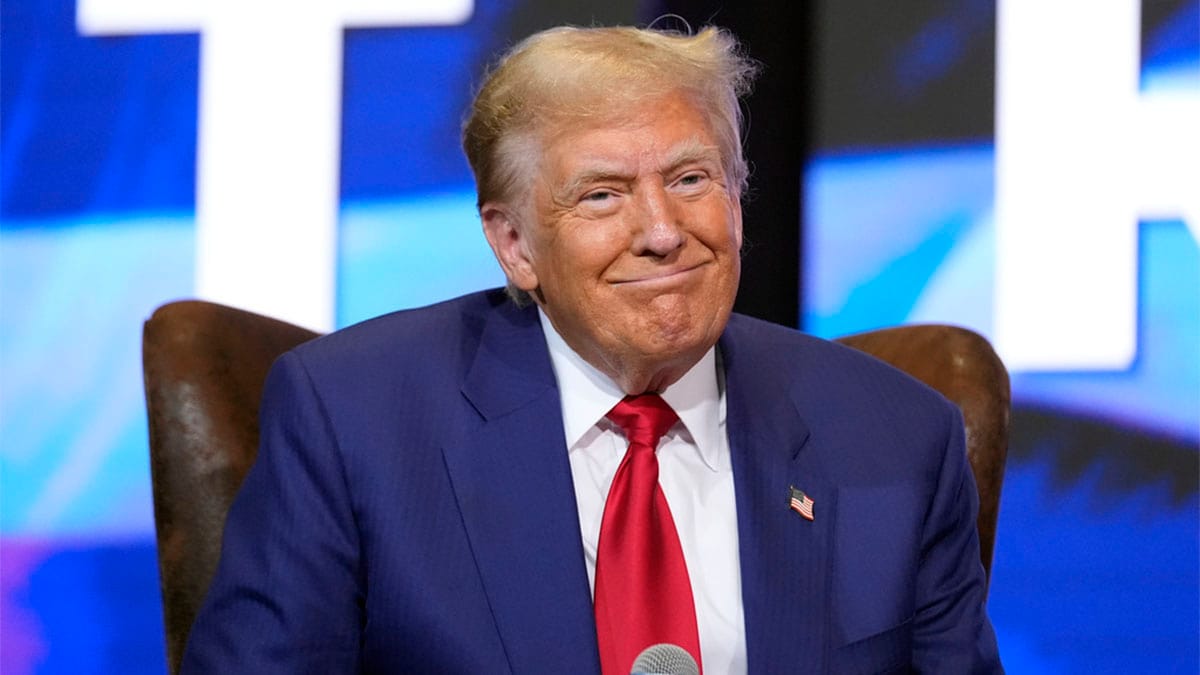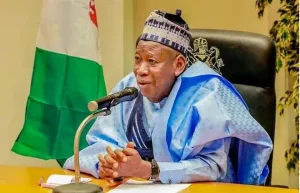On April 2, the much-awaited “Liberation Day” turned into “Liquidation Day” following President Donald Trump’s tariff announcements. A dramatic stock market sell-off ensued over a couple of days, a veritable bloodbath. Dow Jones, S&P 500, and Nasdaq crashed between 6 per cent and 11 per cent, the Shanghai composite declined by 6 per cent, the Hang Seng, the hardest hit, by 13.
2 per cent, Taiwan by almost 10 per cent, its largest one-day drop on record, Japan’s Nikkei index fell by nearly 8 per cent, Europe was down between 4 per cent and 6 per cent, and India by over 5 per cent. Bill Ackman famously warned of an economic “nuclear winter,” as escalating trade tensions and the potential for a global commerce war spiked the volatility index and spread panic on Wall Street. Those who stayed up over the weekend to read the tea leaves were relieved that April 7, instead of being “Black Monday,” witnessed what many called a “see-saw,” rather than smart, recovery.

Experts debated whether the US market was a coiled spring waiting to bounce back or a falling knife, dangerous to try to catch. Critics mocked that Trump had no economic sense and his promised liberation had turned into a financial liquidation. Many of the world’s leading companies, including the magnificent seven, were down even more.
Some were trading 35 per cent lower than their 52 week tops. Had Trump’s tariffs triggered an economic collapse? India wasn’t exempt. Our markets careened dangerously, but did not fall anywhere as badly as global bourses.
Does this mean that we are in a sweet spot? In the fight between the big two, US-China, will India be the (un)intended beneficiary? Because China also slapped retaliatory tariffs against the US, in a tit-for-tat strike that further exacerbated both the uncertainty and the panic around the world. Rather than calling this wishful thinking, I would simply say that it is too early to tell. “Liberation Day” was Trump’s bold gambit to reshape global trade, imposing a baseline 10 per cent tariff on most imports and higher rates, up to 50 per cent, on some countries like Lesotho.
China and Vietnam, believed to be a China-proxy as far as manufacturing and trade are concerned was hit with 46 per cent and China, the real target, with 34 per cent. Yes, India is better off than many other countries. Why? Not only because our tariffs are lower, at a “mere” 26 per cent, revised down from the 27 per cent initially announced.
But more importantly, ours is largely a domestic-driven economy, with only 12 per cent of our GDP coming from exports. As losses snowball into fears of inflation, recession, and retaliatory trade wars take hold, Trump has doubled his tariffs on China after the deadline of the midnight of April 8. China, on its part, has vowed not to back down.
It has also imposed 84% revenge tariffs on the U.S. Losing face is not the Chinese way but even more importantly, the world’s second hyper-power will use all its resources, including its fabled and feared “grey zone” warfare to attack Trump and sway the public opinion against his policies.
Indeed, this is where the US mainstream media has bared its fangs too. Nearly every channel that I watched, including the only one traditionally favourable to Trump, Fox News, has berated the US president and his administration. Even longtime and hardline Trump backers have found it hard to justify his actions.
Perhaps, the fatal flaw of much of this drummed up criticism is its snapshot judgment, mistaking a short-term sell-off for a long-term demise. India’s experience challenges this gloom. Better positioned than China, US’s principal adversary, India has leveraged its diverse economy and strategic flexibility to mitigate the tariff fallout.
Certainly, India is less vulnerable than export-heavy peers like Vietnam or South Korea. Key sectors like IT services and pharmaceuticals, which dominate US-India trade, remain largely unscathed. Moreover, as U.
S. firms diversify from China, India’s manufacturing base stands to gain. But there is a caveat.
India cannot be isolated from the global contagion. Shifting high-end manufacturing, including the much-touted Make-in-India Apple iPhones, will be neither easy nor swift. Neither our manufacturing, nor skilled worker base, is, as yet, ready.
Moreover, Indian infrastructure leaves a lot to be desired. When it comes to obstructive and painful regulation, India, ironically, takes the cake. Can all this be changed overnight? No.
Our textile and jewelry exports will also be hit. Yet, India’s 6.6 per cent GDP growth forecast for FY25 and robust domestic demand provide a buffer, positioning it to benefit as trade flows shift.
The US press, however, amplifies the liquidation narrative with a fervour that borders on propaganda. Since Trump’s re-election, major outlets, both television and print, have framed Trump’s every move as reckless. Headlines screaming “Recession Day” or “Trade war Chaos” are common.
On April 2, CNN called the tariffs “the most aggressive move yet by the most tariff-obsessed president,” predicting nothing less than economic ruin. The Guardian labelled it a “one-man trade war,” dismissing US’s grievances over China’s subsidies, forced labour, or currency manipulation. This anti-Trump bias, evident in breathless coverage of stock market swings, not only distorts reality but amplifies panic.
Let us not forget that during Trump’s first term, tariffs on steel and other punitive measures against China did not tank the economy. Growth persisted all the way till Covid-19, which Trump was the only world leader blunt enough to call out as the “Wuhan virus,” devastated America and the rest of the world. The press’s anti-Trump fixation not only ignores such precedents but prefers sensationalism to analysis.
True, tariffs are disruptive, yes, UBS predicts a 1 per cent U.S. GDP hit in 2025, but they’re not a death knell.
The reviving domestic production, Trump’s real aim, if successful, could offset initial losses and result in long-term gains for the US. In meantime, in what is highly volatile and still unfolding story, Trump has just suspended tariffs for 90 days on all countries except China. And Dow went up by 3,000 points, one of the highest jumps in history, in a single day.
The writer is an author and columnist. Views expressed in the above piece are personal and solely those of the author. They do not necessarily reflect Firstpost’s views.
.
Politics

US Sutra | Donald Trump’s tariffs reset the global economy

Just two days, April 2 and 3, plunged the world into a doom and gloom spiral. Now, with Trump suspending tariffs for 90 days on all countries except China, Dow Jones went up by 3,000 points, one of the highest jumps in history, in a single day














